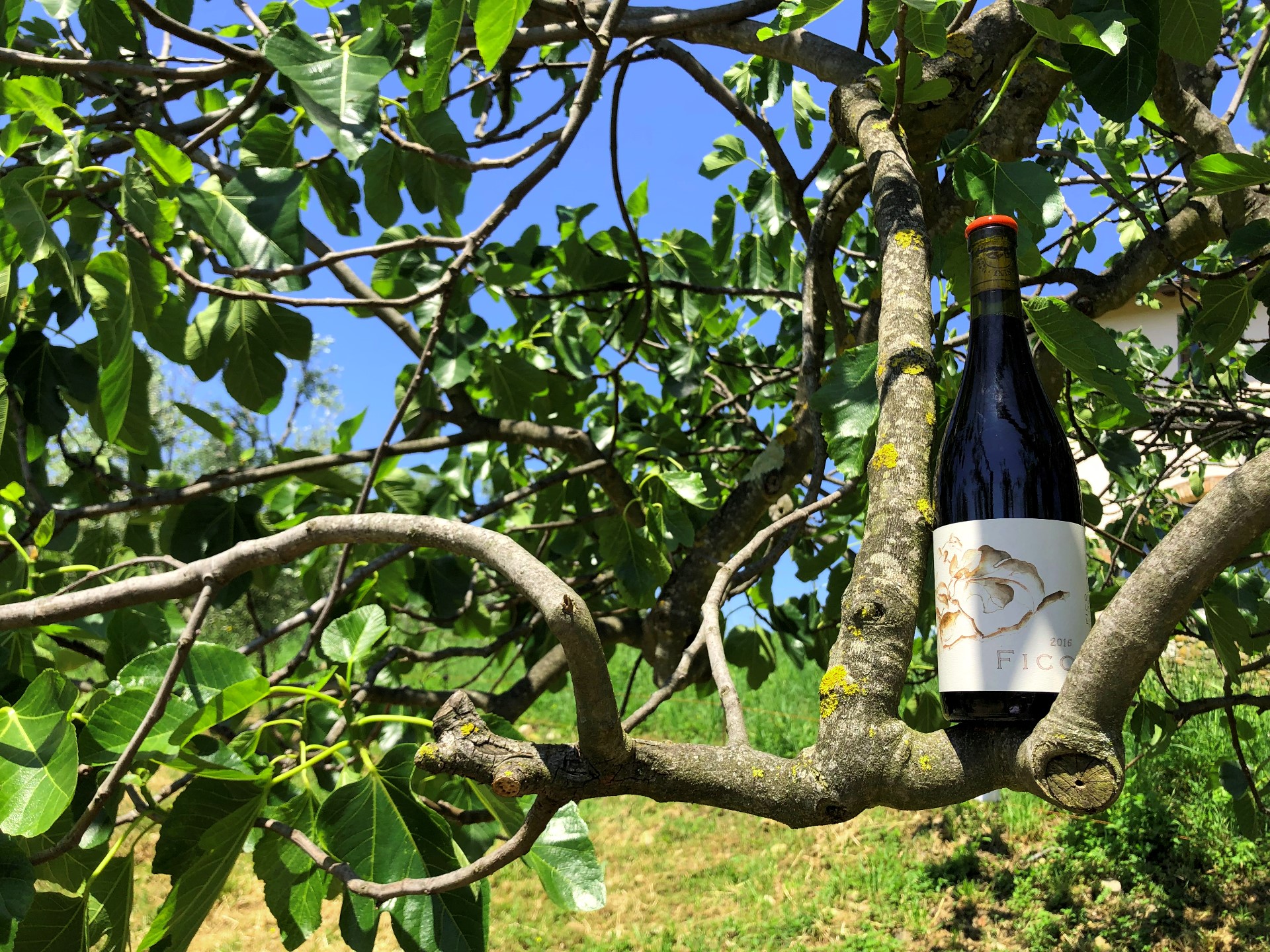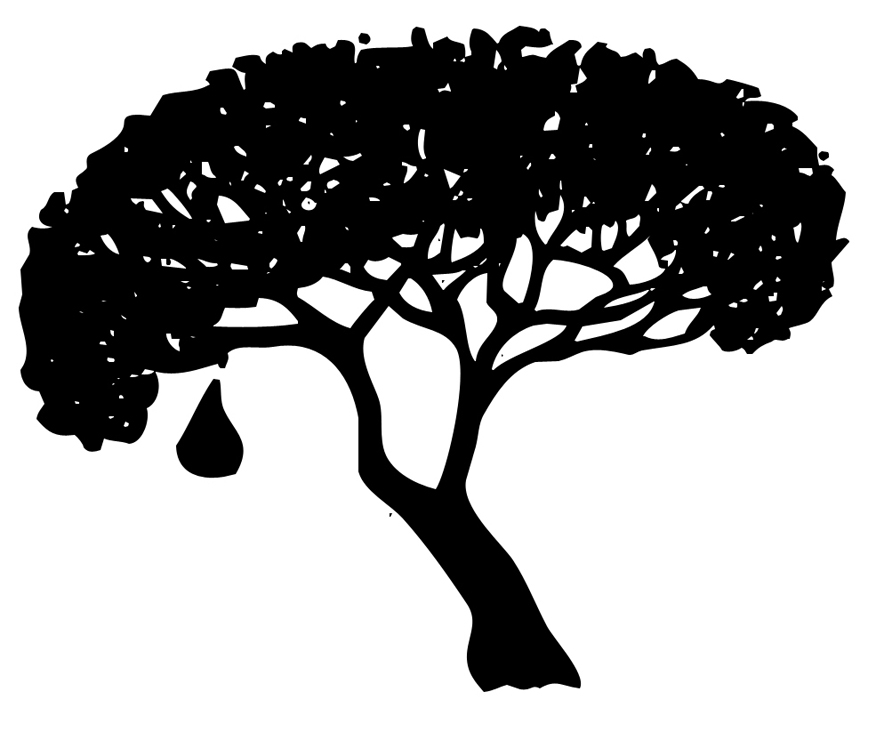Fico
An explanation of Fico, according to Filippo:
‘My vines, the vines chosen for Fico, are nestled close to an ancient fig tree in a distinct area in the centre of one of my fathers vineyards named 'Gugliaie'. It was this fig tree which gave me the name for my wine, fig or 'fico'. The grapes of these vines are characterised by an excellent balance between flavour and structure, reflecting the taste of the earth, a calcareous earth, claylike and rich with fossils.
At Le Corti the wines produced by my family are certificated organic wines but with Fico we wanted to take a step further, a step towards a different type of agriculture, we wanted to look at the cultivation of the vines, the harvesting of the grapes and the making of the wine as a cohesive interconnected living system, closer to the tenants of ecological self sufficiency and the practice of bio-dynamics. This was the beginning of my plan.’
A year in the life of Fico
Autumn
Immediately after the grape harvest the heavy work begins and the ground is prepared for the coming year. Slowly and carefully we begin by aerating the soil and by the planting of seeds of medicinal plants and flowers. These plants work in synergy, both in the soil and in the environment around the vine, to bring bio-diversity to the vineyard that by design is a mono-culture.
The plant forms chosen, a mixture of herbs, grasses and legumes, diverse in size and character, include; fava beans, red clover and lupini beans. The legumes in the mix bring extra nitrogen and support the calcium processes in the soil and the resulting environment provides a habitat for beneficial insects such as predatory mites, wasps and ladybirds which contribute to managing vine parasites.
Winter
During winter the vines are pruned and all the dry leaves and stalks are cut away by hand using manual shears rather than electric or mechanised shears as this gives better precision and demonstrates a form of respect to the wood of the vine itself. The pruning is done during the descending moon in accordance with the astronomic cycle and the bio-dynamic calendar.
Spring
After the new shoots appear the choice of those to select begins, the buds considered not necessary are removed.
Summer
At the end of summer, the beginning of autumn, we begin the harvest. This is the moment we take to the cellars the ripe grapes, the fruits of a full year of our labour, each year uniquely distinguished by the unpredictable forces of nature, the rain, the sun, the wind and the light.
The Harvest
A couple of hours after dawn on the day of the harvest we begin a careful selection of the best grapes from the vine that is done rigorously by hand.
The Cellar
The grapes are then taken to a sorting table where again they are subjected to a further selection and from where the chosen grapes are deposited in small wooden barrels, the 'barique', that activate the fermentation.
In the barique the grapes are left to ferment for around 15 days without the use of any type of yeast or additive.
After the period of the fermentation the wine is left to rest for 8 months in the barique then bottled in the month of June, in accordance with the astronomic cycle and the bio-dynamic calendar.
The bottle I chose for Fico is also important, the glass is as lightweight as possible giving further respect to the environment and the label is the reproduction of the original watercolour painted by my Aunt Fiona reproduced on recycled paper.
Finally after eight months in the barrel and three months in the bottle the wine is ready to be enjoyed with friends and family.


